OPINION: The MPAA rating system needs to recommend, not restrict
51 years ago, the Motion Picture Association of America (MPAA) introduced the MPAA rating system which helped inform people what to expect from a movie before they saw it in theaters. For the time being, it helped keep minors out of theaters where they could see content that was mildly inappropriate for their age, but times have drastically changed. Rating systems that restrict kids from seeing R-rated movies in theaters are vastly outdated and are simply unnecessary and annoying.
The history of MPAA rating
The MPAA rating system currently used in the United States consists of G, PG, PG-13, R and X ratings. You can see a movie’s rating at the bottom of a movie poster and in trailers during the green, yellow or red screen before the clips start. While the system has been in place for a while, it’s gone through a lot of revisions since its debut.
The original rating system, introduced in 1968, consisted of G, M, R and X with G being the only letter to keep its exact meaning since the beginning. The differences with this rating were that M stood for mature audiences, R meant nobody under 16 could enter without an adult and X meant nobody below 16 could enter regardless as to who they were with. In 1970, M was changed to GP which now claimed some material may not be suitable for pre-teens and R-rated movies now required 17-year-olds to enter with adults. GP was once again changed in 1972 to PG and stayed this way until 1984.
Throughout the early 1980s though, a couple of movies caught the attention of parents and a new controversy arose as Steven Spielberg directed “Indiana Jones and the Temple of Doom” and produced “Gremlins” which contained scenes too graphic to be PG but not quite terrifying enough to be rated R. Therefore, the creation of the PG-13 rating was created and made the definitions change one final time.
As it stands today, G means general audiences, PG means some content may not be suitable for younger children, PG-13 means some content may not be suitable for children under 13, R means anyone under 17 must be accompanied by an adult and X means nobody under 17 may be allowed.
Why the system doesn’t work in 2019
The MPAA rating system worked great in a time where movie theaters were all the craze and one of the only places to see high definition entertainment, but today, anyone can access a movie from a phone or TV at home. The rating system stopped 16- and 17-year-olds from seeing and hearing violence, nudity, profanity and other inappropriate behavior, but with today’s technology it’s easier to access than ever.
Some of today’s songs have just as much, if not more, profanity than entire movies do. It only takes a look at the news or a Google search to find graphic violence. Oh, and don’t even get me started on how easy it is to find nudity online.
The point is that these scenes that cause those ratings to be put in place are no longer necessary because kids 17 and below see and hear these things sometimes on a daily basis.
“About two years ago, my friends and I went to see “It” in theaters. For all of us it was at least our second or third time and they wouldn’t let us in,” Chandler Morris (11, YPAS) said. “We had to buy our friend’s dad a ticket and he didn’t even see it. It’s just annoying,” Morris said.
Instances like these drive away teens from theaters which hurts sales. That brings up another point that every ticket counts more and more as theaters continue to hurt through the new age of at-home streaming services and digital movies that are easier to access than ever, but that’s a whole other piece for another day.
The rating system needs to change to be more informative rather than restrictive. While I do have problems with it, it’s good in that it tells you what to expect out of a movie, but it needs to be more of that. The rating system should tell people what big and general things you could see if you watch this movie, but it shouldn’t completely restrict a teenager from being able to see an R-rated movie, especially since the guidelines for what makes a movie R-rated are fairly strict (too much cursing is a great example of this). If someone feels they can read reviews, listen to the rating and still think they can see it, why shouldn’t they be allowed to? If you fear this means little kids will be going to see R-rated movies you might be forgetting that little kids aren’t typically left alone in a dark theater by themselves.
The reality is that the MPAA rating system is restrictive and doesn’t need to be as tight as it is in the 21st century. Digital and at-home media make it easy to see what was once restricted from being seen and it doesn’t translate well, especially to kids and minors who aren’t quite old enough to go see R-rated movies themselves yet even though they can probably handle it just fine.
With that, have fun when you’re heading to the theater this weekend to go see “It 2: The Final Chapter” with your friends and an adult who can get you into the theater for a movie that will probably leave you questioning why you needed one in the first place.
Featured Image Citation: “MPAA” by Joe Ross is licensed under Creative Commons Attribution-ShareAlike 2.0 Generic
No changes were made to the image. Use of this photo does not indicate photographer endorsement of this article.
Donations are collected through The Publishers, duPont Manual High School’s booster club for J&C. Your donation will support the student journalists of duPont Manual High School. Your contribution will provide equipment and cover annual website hosting costs.




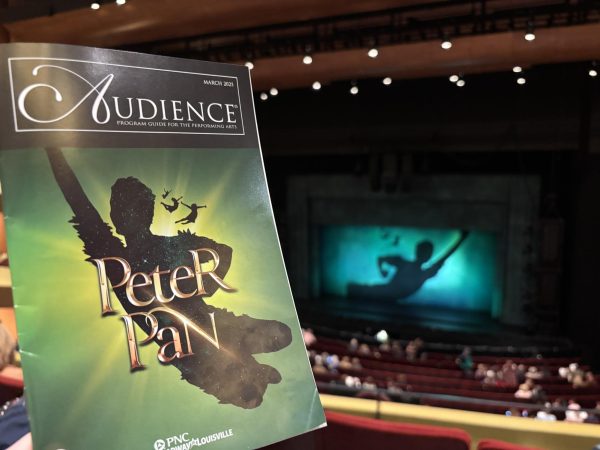
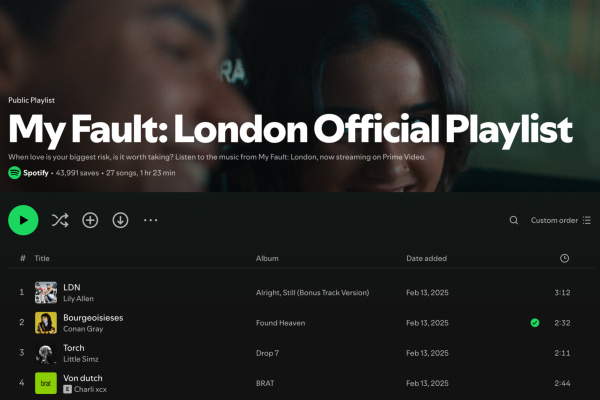

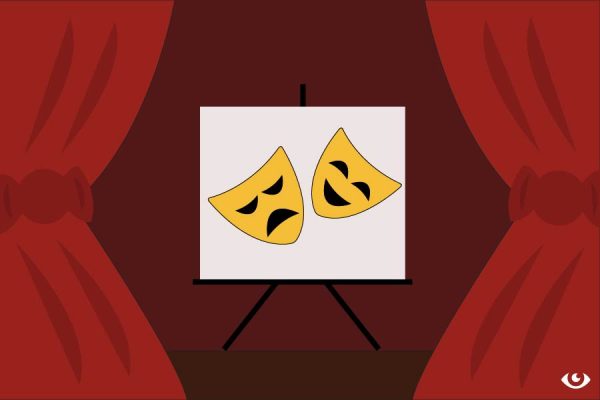
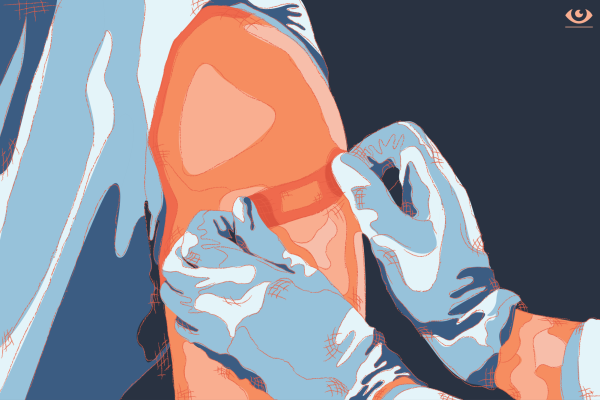
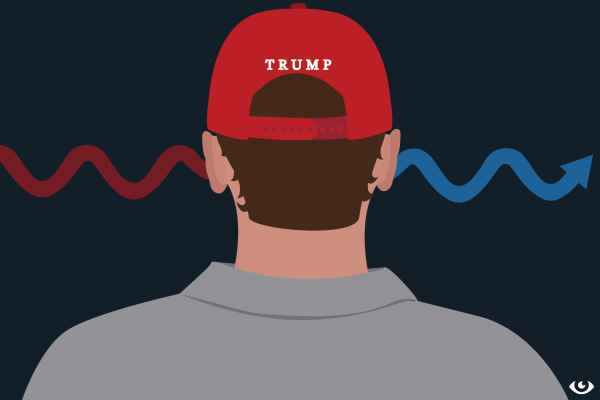
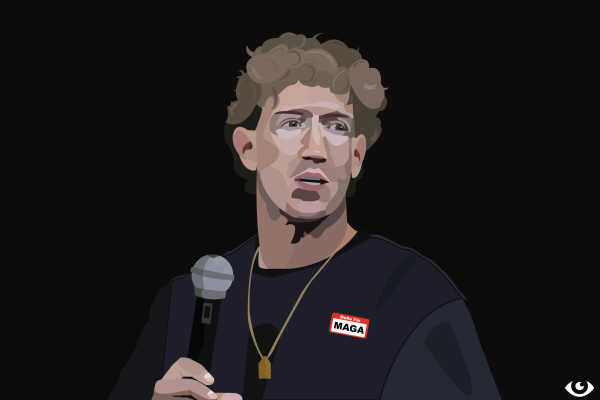

Inner Dimensions • Feb 13, 2022 at 12:53 am
2 wrongs dont make a right. Just because things in the world of technology and the music industry are filled with immorality doesnt mean every place or every one should or needs to condone the immorality themselves. Its interesting, because when a producer in hollywood is asked why theres so much violence and sexual content in movies these days, they say because its “in demand”, when in reality, THEY are the ones who make the immorality widespread first which then causes people to compromise their moral and ethical boundaries, one movie, tv series and song at a time. If they wanted, they could make movies less and less violent and less sexually explicit, and take society in the complete opposite direction a little bit at a time, but it’s much more profitable for them if society is mired and immorality, drugs, alcohol, etc. Because once people’s ability to think rationally, correctly and morally is compromised, then it becomes an anything goes society. And that’s what’s profitable. With all the problems immorality brings in the world, I certainly wouldn’t want to be responsible for encouraging any of it as it leads to the dissolution of family, broken marriages, bad mental health, and death. It compromises safety and glories the wrong values in society and the fact that encouraging people to lower the standards for youths morality is sick and disgusting.